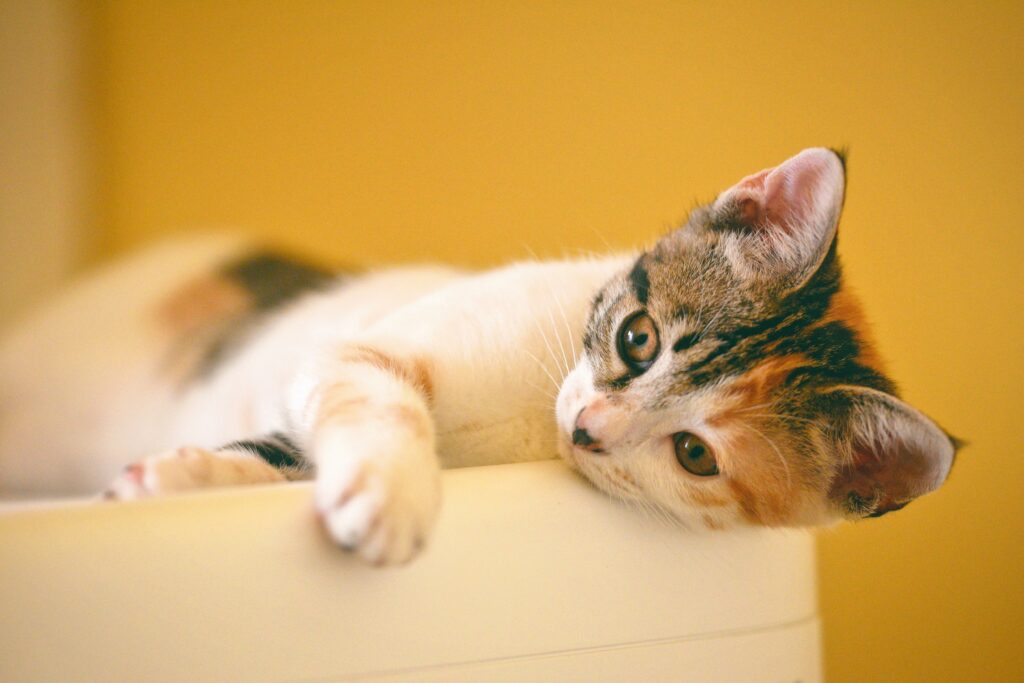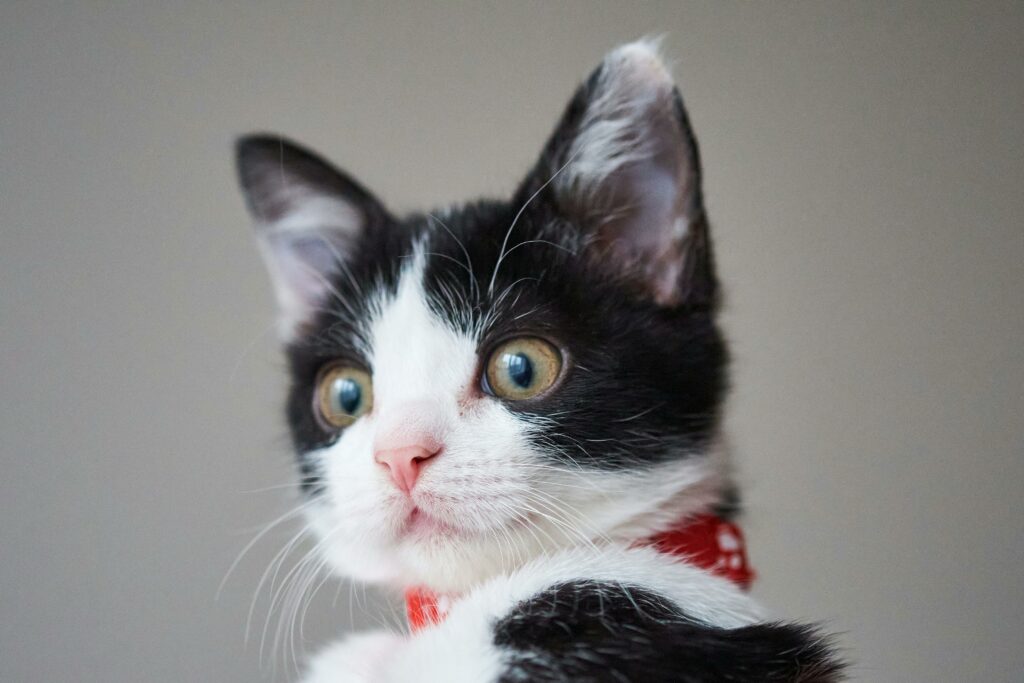
Cats are known for their mysterious and independent nature, but even these stoic creatures can experience sadness. Recognizing the signs of an unhappy cat is crucial for addressing their emotional needs and ensuring a happier, healthier life for your feline friend.
In this article, we’ll explore the signs of sadness in cats, its common causes, and actionable tips to improve their well-being.

Signs of Cat Sadness
Recognizing cat sadness isn’t always straightforward, as cats often mask their emotions. However, certain behaviors can indicate that something isn’t right.
1. Changes in Appetite
Cats feeling low may eat significantly less or, conversely, overeat. Both sudden weight loss and gain are red flags.
2. Reduced Activity Levels
Sad or depressed cats often lose interest in their favorite toys or stop engaging in activities they once enjoyed, such as climbing, chasing, or playing.
3. Excessive Sleeping
While cats sleep a lot naturally, sad cats might sleep more than usual or during odd hours, showing a lack of interest in their surroundings.
4. Aggression or Withdrawn Behavior
A sad cat may become more irritable, lash out, or retreat to isolated spaces. They might avoid cuddling or seeking your attention altogether.
5. Changes in Grooming Habits
Noticeable neglect of grooming or excessive licking (particularly in one area) can be a stress response.

Common Causes of Cat Sadness
Understanding why your cat is sad can help you address the root cause. Here are some frequent triggers:
1. Lack of Social Interaction
Cats, especially social breeds, need attention from their owners or other animals. Long periods of isolation may leave them feeling lonely.
2. Environmental Changes
A move, new pet, or even rearranging furniture can cause distress. Cats thrive on routine, and disruptions can make them feel insecure.
3. Loss of a Companion
If a family member or fellow pet has passed away or left, your cat may grieve. They might seek out familiar spots or show signs of confusion.
4. Illness or Pain
Physical discomfort can manifest as sadness. A thorough vet check is necessary to rule out medical issues like arthritis, dental problems, or gastrointestinal troubles.
5. Boredom
Indoor cats, in particular, may feel under-stimulated without enough mental or physical engagement, leading to signs of sadness.

How to Help Your Cat Feel Better
If your cat is showing signs of sadness, here are actionable steps to improve their emotional state.
1. Provide Plenty of Enrichment
Interactive toys, puzzle feeders, and scratching posts can stimulate your cat mentally and physically. Regular play sessions strengthen your bond and keep them engaged.
2. Stick to a Routine
Maintain consistency in feeding, playtime, and sleeping schedules. Cats find comfort in predictability.
3. Spend Quality Time Together
Simple acts like cuddling, petting, or even talking to your cat can improve their mood. Social breeds like Siamese or Ragdolls especially thrive on interaction.
4. Address Environmental Factors
Create a safe, enriched space with hiding spots, elevated perches, and cozy beds. If changes in the home are unavoidable, introduce them gradually.
5. Ensure They’re Healthy
Schedule regular vet visits to rule out medical problems that could be causing sadness. If needed, consult a feline behaviorist for expert advice.
6. Consider a Companion
If your cat is lonely and you’re in a position to adopt another pet, introducing a compatible feline friend can brighten their mood. Ensure a slow, careful introduction to minimize stress.
When to See a Veterinarian
While many cases of cat sadness can be alleviated at home, prolonged signs of depression warrant professional intervention. If your cat’s behavior doesn’t improve despite efforts, it’s time for a veterinary checkup.

Conclusion
Caring for a sad cat requires patience and attention. By identifying the signs of cat sadness, understanding its causes, and implementing solutions, you can help your feline friend feel better. Remember, their well-being is closely tied to their physical health and emotional stability.
A happy cat is a healthy cat, so take proactive steps today to support their happiness and strengthen your bond.
References:
- Is Your Cat Sad? Signs & Causes of Cat Depression – Eastgate Animal Hospital
- Why Is My Cat Sad? – WebMD
- Cat Depression: Causes, Signs and Treatments – TotalVet
- Do cats get depressed? – Germantown Parkway Animal Hospital
- Is Cat Depression Real? – PetMD
- How to Help a Depressed Cat? – Forever Vets
- Providing Environmental Enrichment for your Cat – Anchor Animal Hospital
- How Environmental Enrichment Enhances Your Cat’s Wellbeing – Whitney Veterinary Hospital
- Is Your Cat Depressed? Signs, Causes, and Treatment – The Spruce Pets
Share this:
- Click to share on WhatsApp (Opens in new window) WhatsApp
- Click to share on Facebook (Opens in new window) Facebook
- Click to share on LinkedIn (Opens in new window) LinkedIn
- Click to share on Pinterest (Opens in new window) Pinterest
- Click to share on Tumblr (Opens in new window) Tumblr
- Click to share on X (Opens in new window) X
- Click to share on Reddit (Opens in new window) Reddit
- Click to share on Telegram (Opens in new window) Telegram
- Click to email a link to a friend (Opens in new window) Email
- Click to print (Opens in new window) Print






























